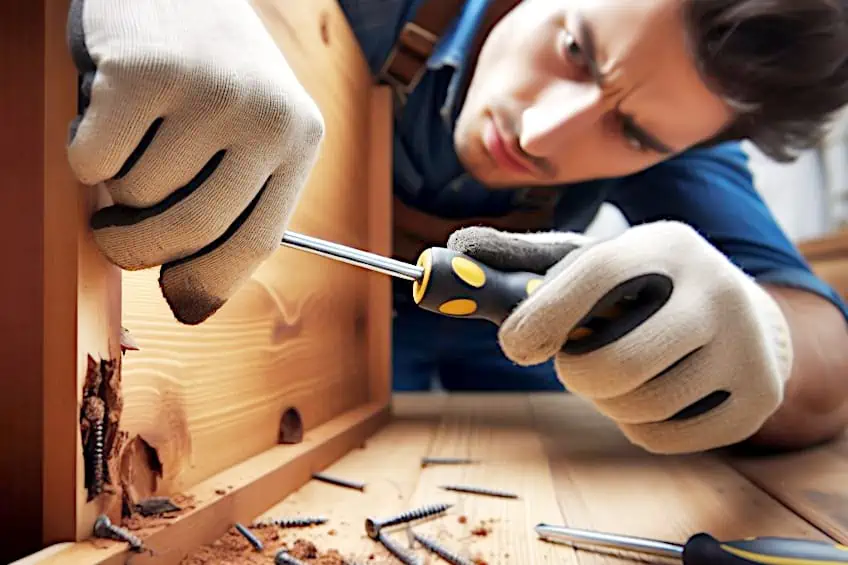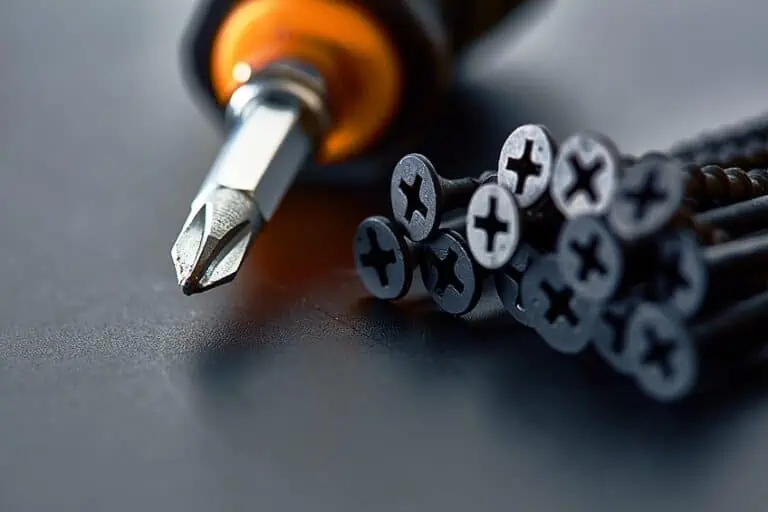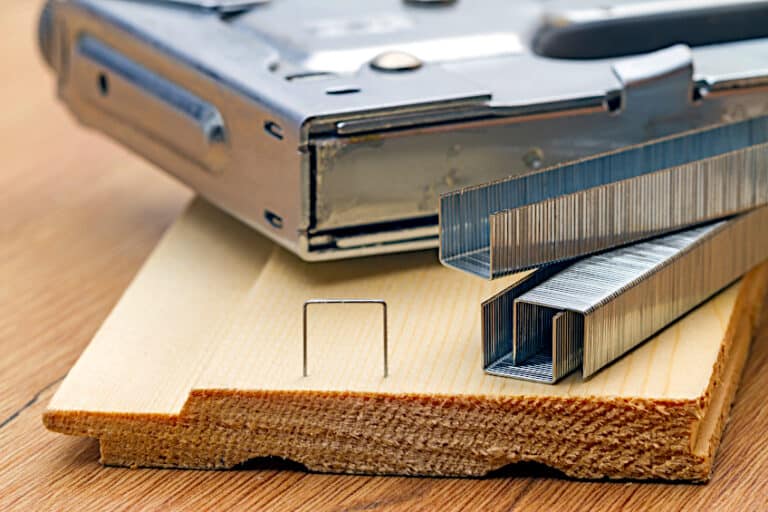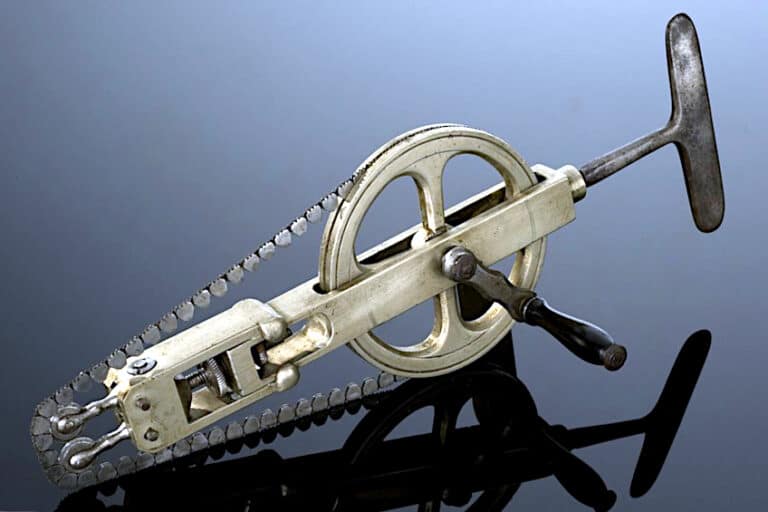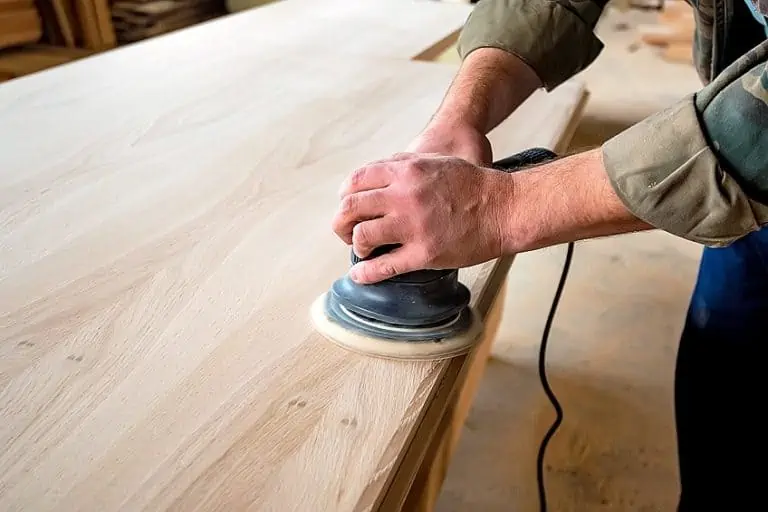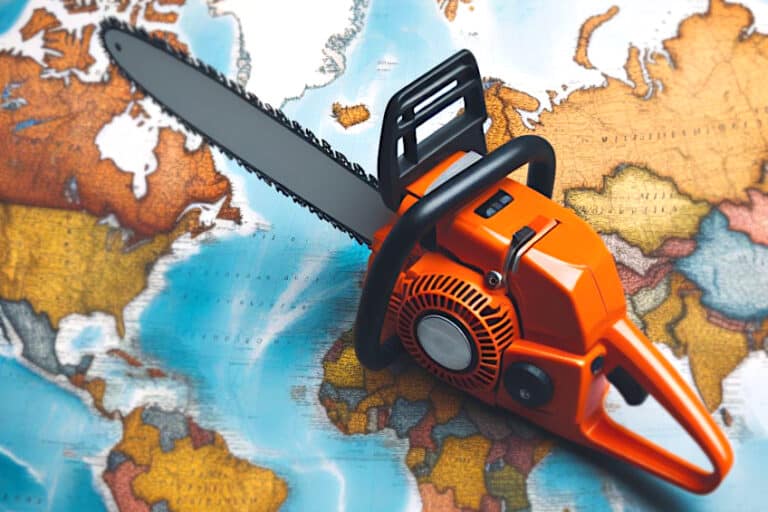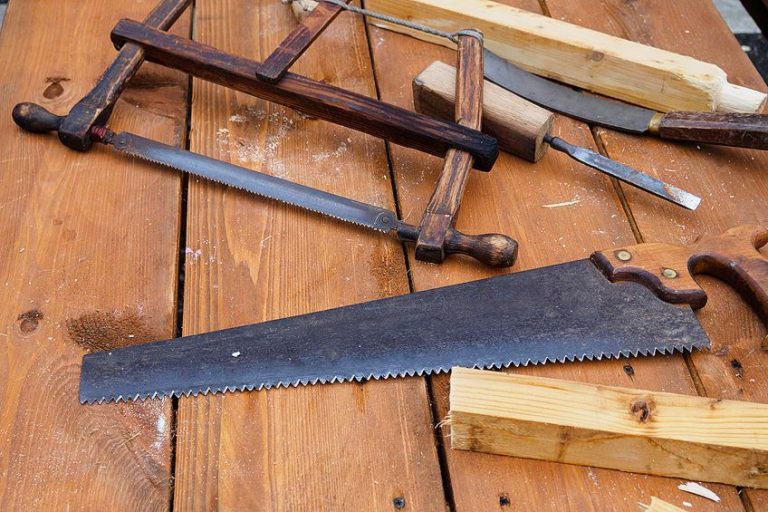How to Remove Screws With No Head – Fastener Extraction Tips
Anyone who has worked with screws before has more than likely damaged the drive or the head. This will make removing the screw extremely difficult, but there is no need to abandon the project because of this. Instead, we will teach you how to remove screws with no head with a handful of techniques. Let’s find out how you can remove those damaged screws!
Table of Contents
Different Techniques Used for Removing Damaged Screws
The reality is that there is no one-size-fits-all method for removing screws as there are a few factors that you will need to consider before attempting to remove the damaged screw. The most common is dealing with a screw that has a stripped head. But before you can learn how to remove screws with no head, you need to understand why it happens.
Why Does It Happen?
Screws are not immune to wear and tear; however, there are a few reasons for the head being stripped. Below we have provided a list of examples that will help you to better understand the reason for this happening and how you can avoid it in the future.
- Certain drives, such as slotted drives, are more likely to strip.
- Using a power drill on maximum settings at the incorrect angle will more than likely strip the head of the screw.
- Using the incorrect screwdriver, such as one that is too large or small, or one that does not fit the drive will damage it.
- Applying too much torque to a screw will damage it.
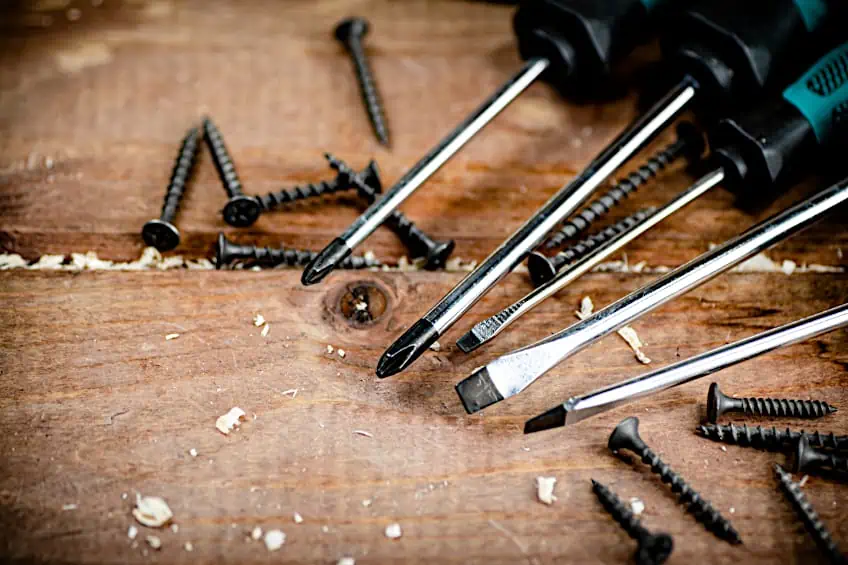
Different Methods of Removing Stripped Screws
The methods that we have provided fall under different categories. Each one will either fall under removing a screw with no head, a seized or rusted screw, or a screw with a stripped head using a power drill or without one.
Using a Power Drill to Remove Stripped Screws
Screw removal is relatively easy if you own a power drill. Screw extractors can assist you in removing the screw. Keep in mind that you will have to damage the screw if you do not own a screw extractor set.
Because you will be drilling through that tough screw, you will need sturdy, high-quality drill bits that are designed for metal.
The Screw Extractor Method
The screw extractor method is a straightforward method for removing screws with stripped heads. Double-sided screw extractors are the most efficient, so you will need a set for this technique. You can even get double-sided screw extractors with an extractor on one end and an adequately sized drill bit for digging into the screw, on the other.
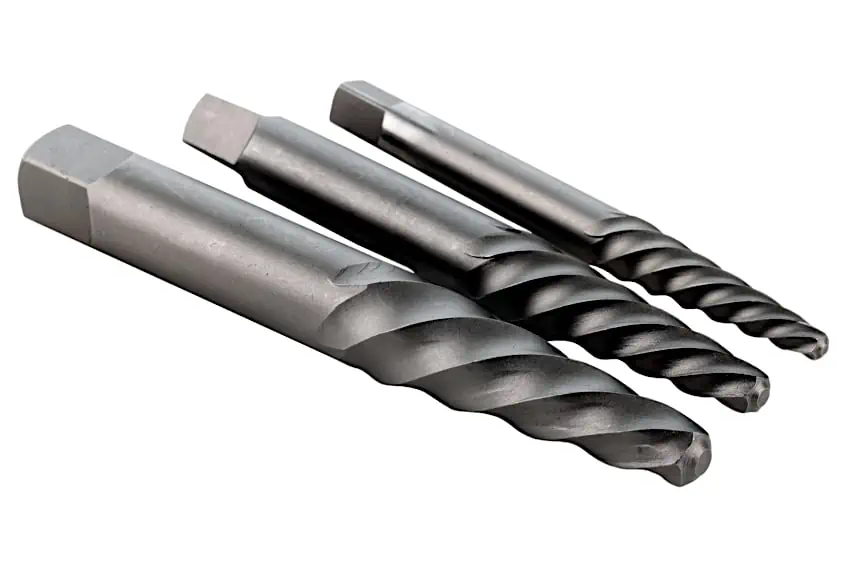
To begin, choose a screw extractor with a drill bit smaller than the screw to be removed. You will then fit it into your power drill with the drill bit side facing out. Drill a tapered hole sufficiently large enough to slowly fit the extractor into the designated screw head.
You might have metal shavings flying toward you, so ensure that you wear eye protection and that your drill is set at a low speed.
Reverse the drilling direction and flip the drill bit to ensure the extractor side is facing out. Insert the extractor into the newly drilled hole and use a slow-speed drill to remove the trapped screw. It is important to take your time with this step as you could damage the surface if you try to rush through it.
The Destruction Method
If you have a screw with a stripped head, a power drill, and a high-quality metal drill bit set, but no screw extractor set, the simplest approach is to drill out the screw.
Sure, the screw will be destroyed, and the hole’s threads may be damaged, but this is the best course of action if you are out of options.
You will need eye protection for this, so put on some before you begin. Select a high-quality drill bit that is slightly smaller in diameter than the shaft of your intended screw. Because you are unable to see the shaft, you will have to make a few educated guesses. If you are hesitant, start small and gradually work your way up.
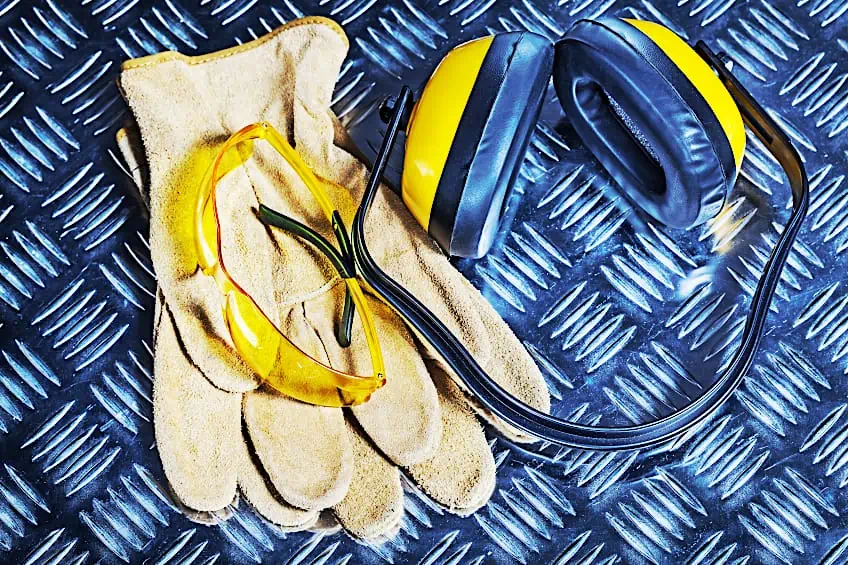
Removing Screws Without a Power Drill
Do not worry if you do not have a power drill as you are still able to remove the screw. Some of these alternatives are even simpler than using a drill. The main difference when removing screws with no power drill is that the removal procedure is determined by whether you are dealing with a raised or countersunk screw.
Removing Countersunk Screw Heads
The Neji-saurus Bazooka consists of a set of specifically designed drill bits as well as a handle to spin them. The drill bits are broader to accommodate worn screw heads and this is the tool that you would need for the bazooka method. Insert a bit that matches your jammed screw into the bazooka grip. Insert the screw bit and turn it. It should grip and twist out the screw.
However, if your screw head is extremely stripped, it would be best to insert the bit first. Before you put on the Bazooka grip, give it a couple of hard knocks with a hammer. This will aid its penetration into the surface of the screw, making it easy to remove.
If you do not own a bazooka grip, you can resort to destroying the countersunk screw with a flathead demolition screwdriver. Insert your flathead demolition screwdriver into the remaining groove of your jammed screw. Hammer a couple of times on the screwdriver’s rear. A new groove will be carved in the screw by the screwdriver. Turn the screwdriver carefully to unscrew the screw without removing your freshly cut groove.
Removing Raised Screw Heads
For this method, you will only need screw removal pliers. The plier mouth is bent to accommodate the round screw and features horizontal as well as vertical serrations for biting into the screw head.
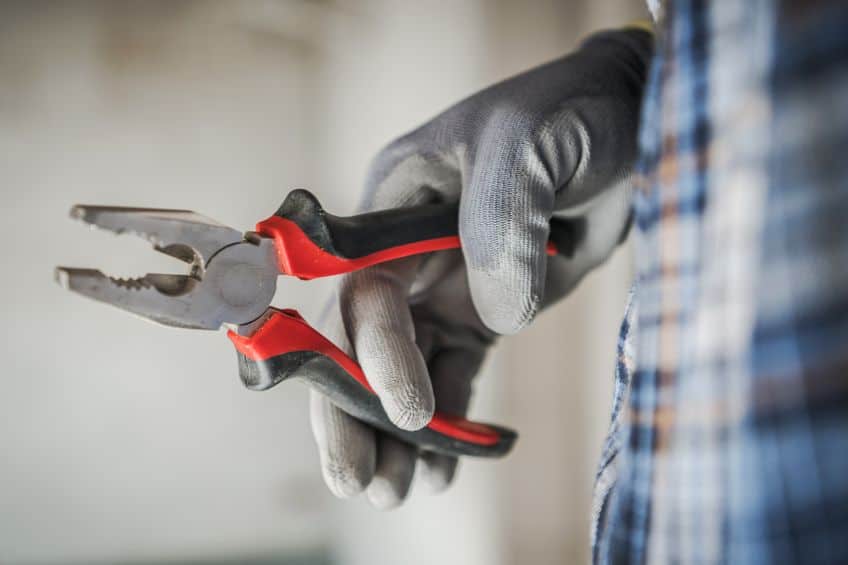
It is considered to be one of the simplest methods for removing a screw. With your screw removal pliers, grip the screw head, apply force to bite into the screw head, then twist. It should be simple to extract.
Removing Seized or Rusted Screws
There are a variety of reasons for screws seizing such as cold welding and thermal expansion. Regardless of the reason, it can be a headache to remove them, so we have provided a helpful method to remove seized and rusted screws.
If this fails, you could always resort to destroying the screw as we have mentioned before.
Using the Shock and Awe Method
Here you will need a screwdriver, a hammer, and lubricating oil such as WD-40. If the head of your screw is not stripped and it is seized or rusted, try this first. Coat the screw using penetrating and lubricating fluid. Spritz the screw and the hole well then allow it to soak for an hour.
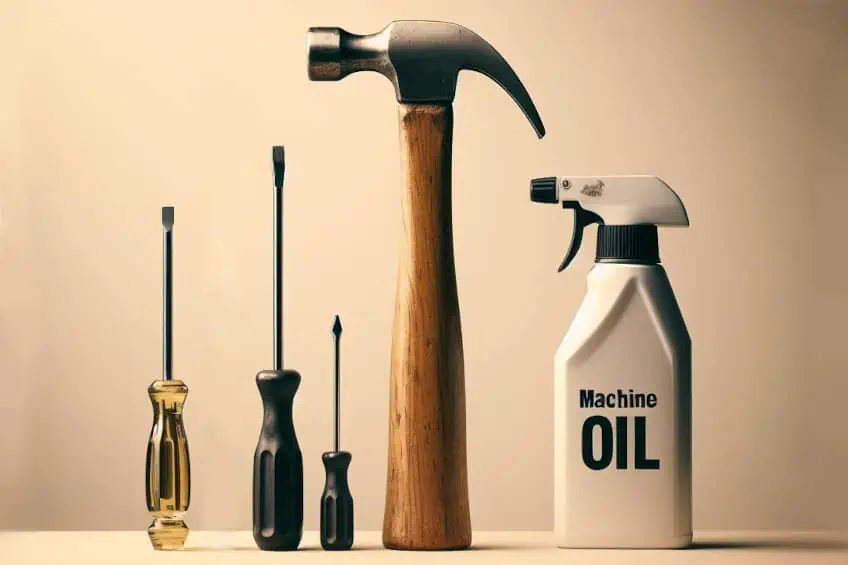
Take a hammer and hit the screw a few times. The rust ought to be removed, and the threads should be released. Wipe any leftover oil from the screw’s surface, then line your screwdriver against the drive of the screw and twist. If the screwdriver you are using has a hexagonal bolster, you may apply more torque with a wrench.
How to Remove Screws with No Head
When you are battling with a corroded or weak screw, the worst can happen. The screw head could end up breaking. But do not worry, it is not as awful as it seems. Because a screw with no head is similar to a screw that has a stripped head, we may apply some of the same techniques that we have mentioned before.
The Welded Nut Method
We understand that not everyone has a welding device lying around, but if you do, this will be a great opportunity to learn something new. This approach is pretty straightforward, but you must be familiar with using a welding device.
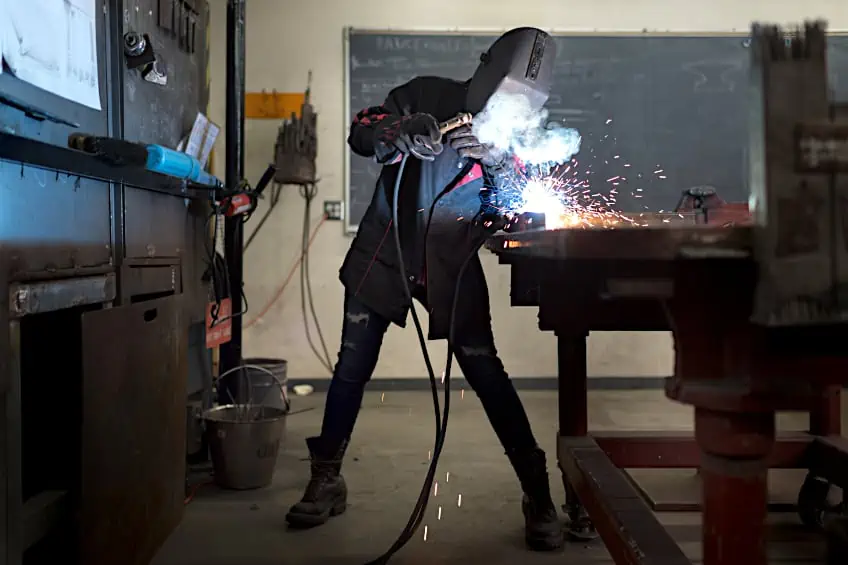
Twist a nut with the identical size as your screw shaft onto the visible threads. Then weld the nut in place once it is tight so it does not come off when you start twisting. Lastly, you simply handle it like a bolt. Using a wrench or a pair of pliers, grab the nut and twist. The damaged screw should be removed.
Keep in mind that this method will not work with brass screws.
The Hollow Screw Extraction Method
Hollow screw extractors carve a hole surrounding the broken screw, allowing you to remove it with just a bit of the wood it is trapped in. Simply put a hollow screw extractor into the t-handle of your power drill. Change the setting on your power drill to reverse. Rotate the extractor to cut into the wood around the broken screw. It is preferable to use something such as a guide block or a drill press to maintain a straight route.
While it is useful to know how to remove screws with no head, it is better to know how to prevent broken screws. This guide should be treated as the last resort to ensure that you are able to remove broken screws from the surface instead of discarding the material or abandoning the project. Always remember that the method that you use depends on the extent of the damage. With that being said, we wish you good luck with your future DIY projects!
Frequently Asked Questions
Is It Hard to Learn How to Get a Broken Screw Out Without Damaging the Surface?
Trying to understand how to get a broken screw out of a wood surface without damaging the material is not very difficult. However, the most important factor is patience, since one particular method will not always work in all situations. Be prepared to try different approaches in case the one that you are relying on does not work.
Is It Possible to Remove a Stuck Screw With a Broken Head?
If you are struggling to remove screws with a broken head or a damaged drive, there are a few effective methods that you can use. Among these is using a screw extractor, which works by drilling a hole into the screw to create a tapered hole. Then, with the extractor side of the bit, slowly drill out the damaged screw.
Does the Best Method for Removing Screws With No Head Apply to All Screws?
Before you can fully understand how to remove screws with no head or other types of wear or damage, you need to understand that the position and condition of the screw on the surface will determine the chosen method. Some methods, such as the bazooka method, will work perfectly for countersunk screwheads, while the shock and awe method works perfectly for rusted or seized screws.

I have been into woodworking since 2005 and woodturning since 2011. Because of my love for wood and woodworking, I started woodhappen.com to teach other enthusiasts about how to finish and seal wood, the best woodworking tools, the different types of wood, and everything else related to woodworking! Read more about me here.

